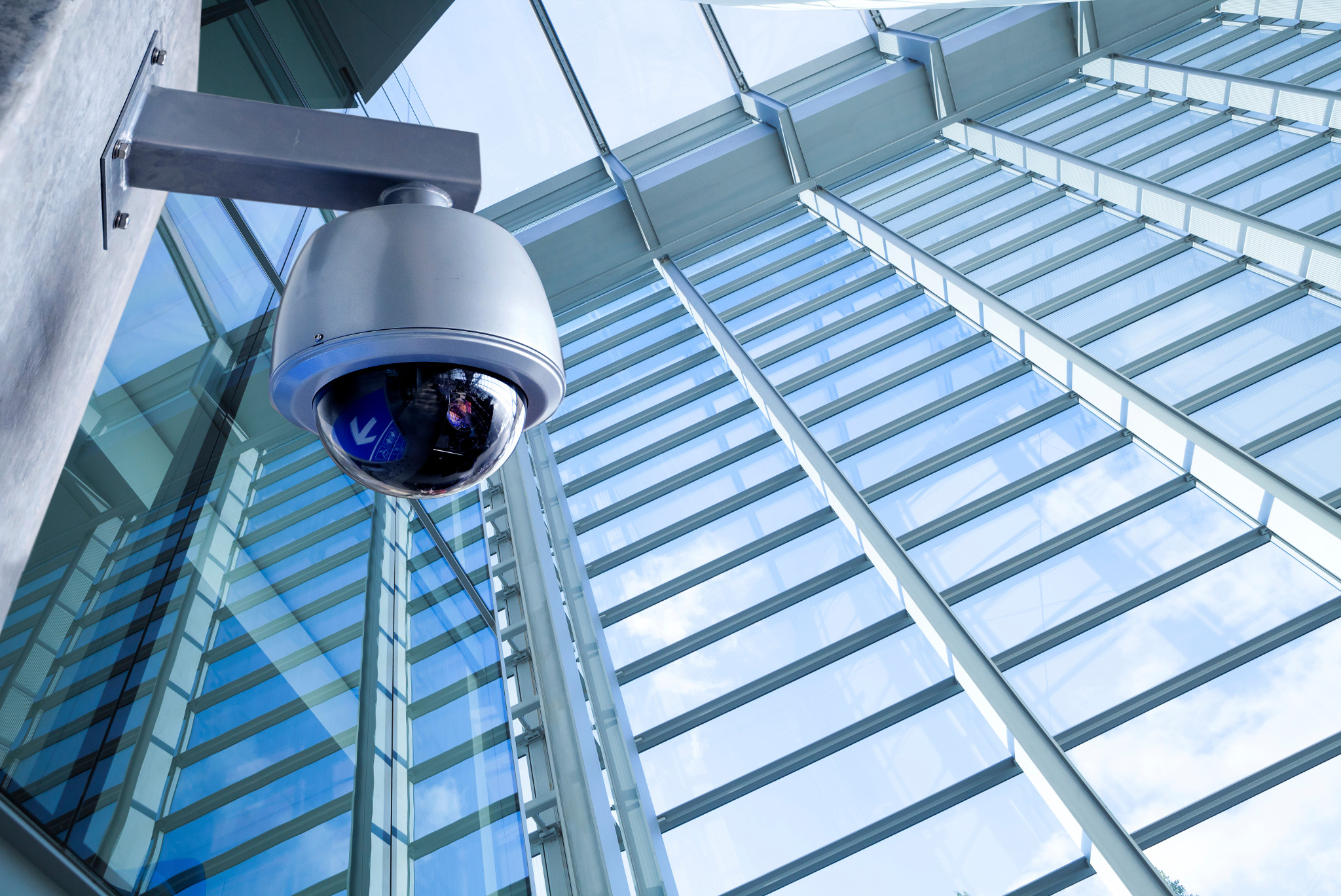Are your IP cameras secured?
Many organizations rely on IP security cameras to increase safety and deter threats. But your video devices can also be the source of potential vulnerabilities and cyber breaches.
Usually, this happens because the IP video cameras were not properly set up, or other priorities get in the way of maintaining the security of your IP cameras.
Either way, these common oversights can expose your organization to threat actors who are up to no good. Below, we’re sharing what you can do to prevent that from happening.

Why you need to secure IP cameras and work with trusted partners
In our State of Physical Security report, cybersecurity was one of the biggest challenges faced by organizations. As more IP cameras and IoT devices shift online, businesses everywhere are looking for new tools that will help them defend against threats.
The fact is cybercrime is accelerating fast. According to recent findings by Cybersecurity Ventures, an organization suffered a ransomware attack every 11 seconds in 2021. The same report expects cybercrime to grow by 15% over the next five years.
Think it’s not going to happen to you or your security department? Think again. In another report on the IoT threat landscape, IP cameras were the least secure device in organizations – comprising 33% of total security issues.
This is why knowing how to best secure and maintain your IP security devices is critical. But don’t assume all devices can be secured in the same way. What’s most important is choosing IP video cameras from vendors who you can trust and those that prioritize cybersecurity in the development of their security solutions.
Want to learn more about our approach to cybersecurity? Visit our trust center.

How keeping default passwords puts your security cameras at risk
As scary as these statistics might sound, many security cameras are vulnerable to prying eyes because of one missed step: changing the default password.
Most cameras come with default manufacturer passwords, which become commonly known. If you connect them to the internet without changing that password, the footage could easily become exposed. When installing and configuring the cameras, it’s important to change the default password to something secure.
Depending on the manufacturer, some setup wizards will prompt you to change the password. But others will give you the option to skip this step entirely. It becomes your responsibility to configure strong passwords and update them regularly.
Why you need to schedule regular password and firmware updates
Securing your data and video shouldn’t stop there. While changing the password is a simple way to make sure your cameras don’t become accessible by common viewing sites, you still might be susceptible to other strategic cyberattacks.
The ‘set it and forget it’ mentality needs to go. To remain cyber resilient, you need to regularly update your device passwords, using new robust combinations, every time. You also need to ensure your camera firmware is up to date. These firmware updates often include fixes and patches to address known vulnerabilities which help you defend against evolving cybersecurity threats.
But that can become tricky. Scheduling password and firmware updates, and resetting strong password combinations isn’t as easy as it might seem when you have other priorities.
To simplify things, within Genetec™ Security Center we have a built-in password manager. Automatically generate strong, randomized device passwords that comply with the unique rules of supported manufacturers.
You can also configure the system to automatically update your IP camera passwords on a set schedule or in batches. Want to get a quick overview of the status of all your IP camera passwords? Easily visualize a live dashboard to monitor your system health and know which devices are most vulnerable.
Our Firmware Vault is another tool that lets you know when new IP camera firmware has been released. With a few clicks, you can then download and distribute those updates to ensure you have the latest defense operations in place.
Both the Password Manager and Firmware Vault are available when you opt-in to the Genetec Update Service (GUS).
Download hardening guides to reinforce cybersecurity
Our network of trusted technology partners also has high cybersecurity standards. For example, leading device manufacturers such as Salient and Bosch Security have hardening guides with best practices for securing cameras.
In the hardening guides below, you can follow simple steps to reset root passwords, adjust network settings, filter IP addresses, and more.
For best practices for securing your physical security system, be sure to check out our brochure. If you’re interested in learning about how to secure your physical security systems including communications, servers, and data, read our security-of-security feature note.
Explore feature sets of secure cameras
Packages and software options that fit every requirement